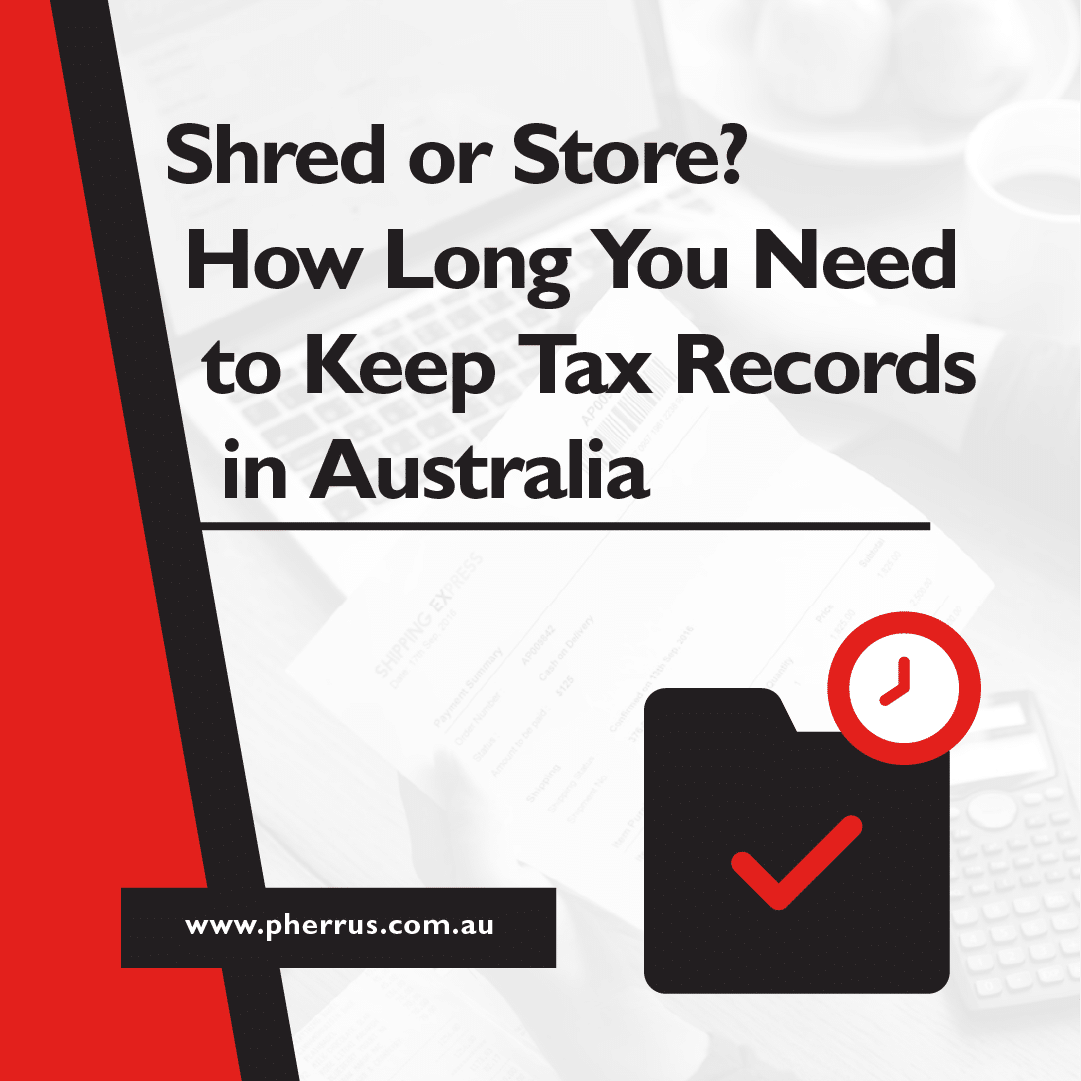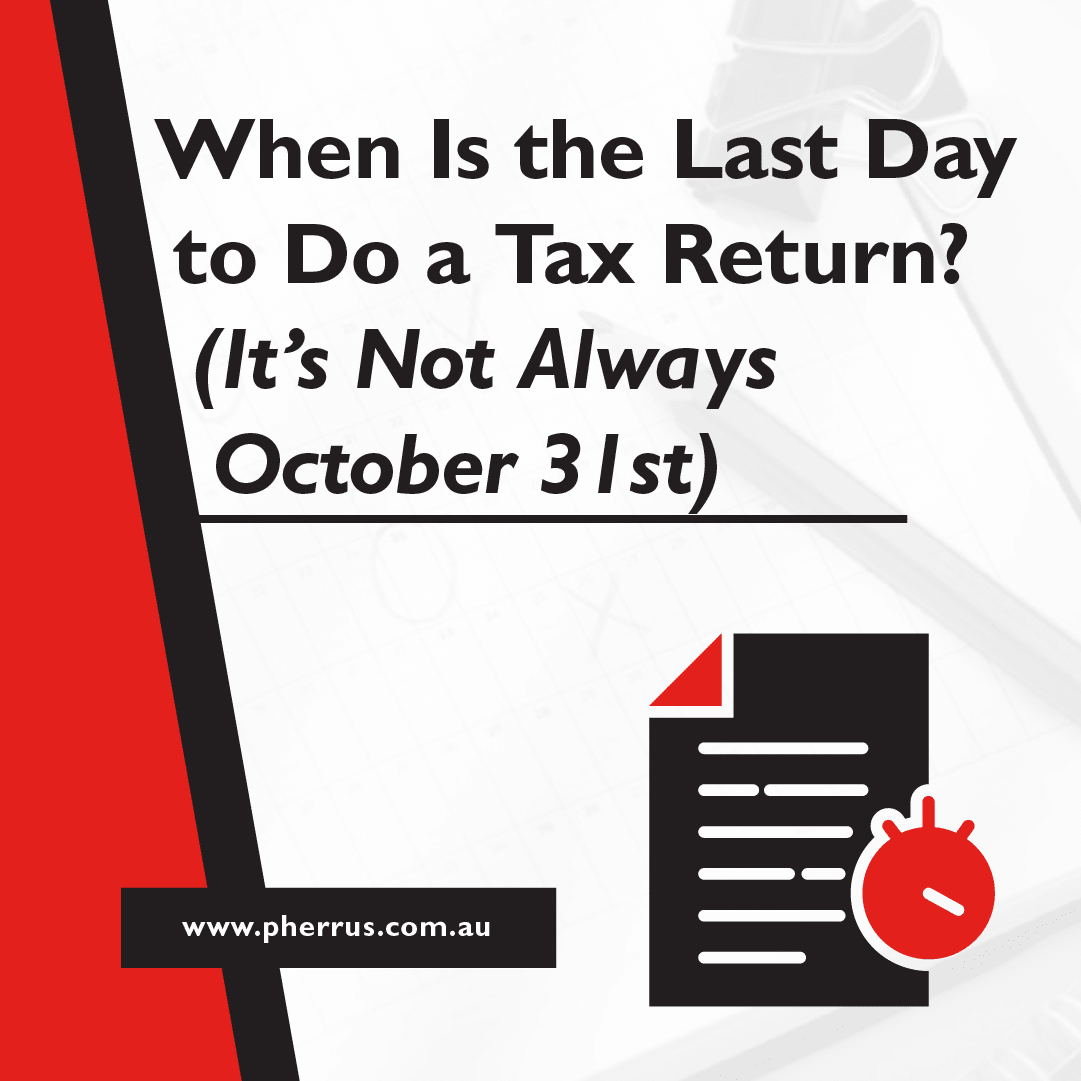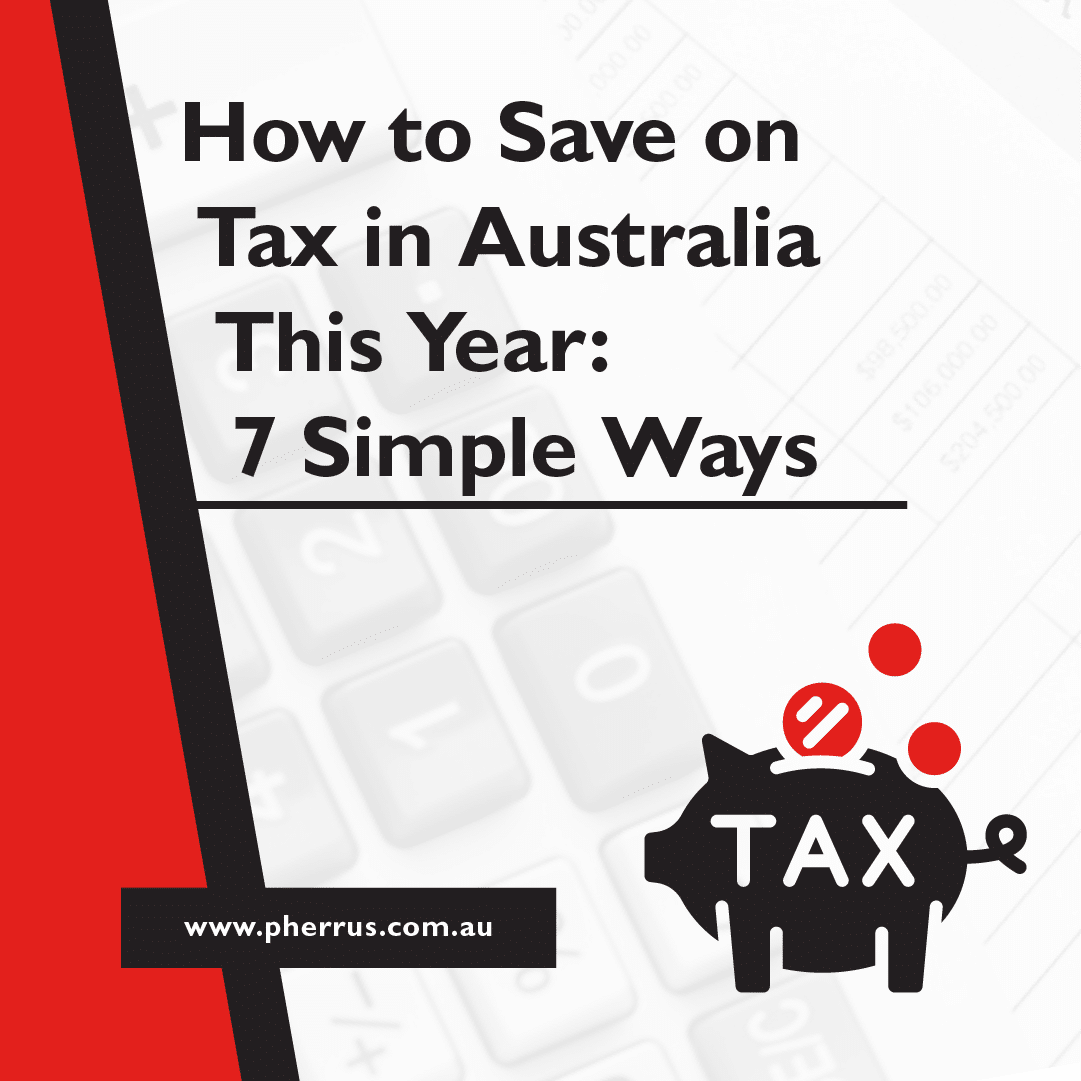If you own a business, then these are uncertain financial times due to the impacts of coronavirus (Covid-19), and it can be difficult to find accurate information about what assistance is available to you. The Australian Government, the Reserve Bank of Australia and the Australian Prudential Regulation Authority have recently announced new initiatives to assist in ensuring credit flow within the Australian economy – especially in the case of small and medium enterprises (SMEs).
The following information outlines what this scheme means, and how it can benefit you as an SME.
What is the Government Guarantee Loan Scheme?
The Coronavirus SME Guarantee Scheme provides support for small and medium businesses by guaranteeing 50% of new unsecured loans given to them by financial providers when these loans are used as working capital. Due to the guarantee, lenders will be more willing to provide credit and will make much-needed funding available to SMEs during strained and uncertain financial months. Furthermore, businesses who deposit funds into ADI (Authorised Deposit-Taking Institution) approved lenders will have their deposits of up to $250,000 covered.
So, who is eligible to receive the benefits of this scheme?
Any SME with a turnover of up to $50 million is eligible. The government terms that will apply to the guarantee include:
- A per borrower maximum of $250,000
- A loan term of 3 years with an initial 6 month no repayment period
- Loans will take the form of unsecured finance, which means that the SME will not need to provide any security (such as assets for the loan).
- Loans will still be subject to a credit assessment, and it will be at the discretion of the lenders to take into account the individual borrower’s situation in light of the current economic conditions.
What are the benefits?
There is a wide range of benefits that this new scheme presents to SMEs, including the possibility of financial security. However, the government is also encouraging lenders to provide SMEs with loans that can be drawn only if required. So, if SMEs don’t need the funds and don’t draw on the loans, they won’t incur any interest. This gives SMEs the flexibility to access funds if they find themselves under severe financial strain.
If you bank with multiple banks, then there is a possibility to access the scheme through each bank. However, if you have two accounts with one bank, you can’t apply for two loans with the same provider. It is important to check whether the bank trades under different brand names – for instance, Bank SA, Bank of Melbourne and St. George all fall under the Westpac umbrella.
If you have a joint account, each account holder is entitled to receive an individual guarantee. This means that if there are two people on your account, you and your fellow account holder are covered up to $500,000. The good news for non-residents is that they are also eligible for the scheme. If you are eligible to open an Australian bank account with an approved lender, then your deposit of up to $250,000 will be covered. If your bank goes bankrupt, your deposit will still be protected.
To be eligible under the scheme, banks must have an ADI licence, so that means that digital neobanks who hold such a licence will be included under the scheme and are safe to bank with. Banks which do not have their own licence have opted to be covered under an existing bank.
In summary
In short, what this all means for you as an SME is greater financial security and peace of mind during the uncertain times imposed by Covid-19. If you would like accounting advice from a reliable accountant, then Pherrus Financial Services is here to guide you through the implications of this scheme, and any other financial concerns you may have. Contact us for an obligation-free chat.
NOTE:
There are many Australian-owned banks and foreign subsidiary banks that are covered by the Australian Government Guarantee Scheme. The full list is below.
Australian-owned banks:
- AMP Bank Ltd
- Australia and New Zealand Banking Group Limited
- Australian Military Bank Ltd
- Auswide Bank Ltd
- Bank of Queensland Ltd
- Bankwest
- Bendigo and Adelaide Bank Limited
- Commonwealth Bank of Australia
- Community CPS Australia Limited (trading as Beyond Bank Australia)
- Defence Bank Limited
- Heritage Bank Limited
- HSBC
- Hume Bank Limited
- IMB Limited (trading as IMB Bank)
- Macquarie Bank Limited
- Mecu Limited (Trading as Bank Australia)
- Members Equity Bank Limited
- MyState Bank Limited
- National Australia Bank Limited
- Police Bank Ltd
- Police Financial Services Limited (trading as BankVic)
- Police & Nurses Limited (trading as P&N Bank)
- RACQ Bank
- Rabobank
- Rural Bank Limited (a subsidiary of Bendigo and Adelaide Bank Limited)
- SGE Mutual Limited (trading as G&C Mutual Bank)
- Suncorp
- Teachers Mutual Bank Limited
- Victoria Teachers Limited (trading as Bank First)
- Westpac Banking Corporation
- UBank
Foreign subsidiary banks
- Arab Bank of Australia Limited
- Bank of China (Australia) Limited
- Bank of Sydney Ltd
- Citigroup Pty Limited
- HSBC Bank Australia Limited
- ING Bank (Australia) Limited (trading as ING)
- Rabobank Australia Limited




